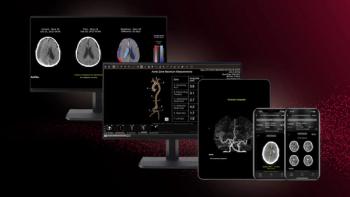
Italian university honors Penn nuclear physician
Dr. Abass Alavi, a professor of radiology at the University of Pennsylvania, is the first nuclear medicine physician to receive the University of Bologna's prestigious laurea honoris causa. Alavi received the honorary doctorate in medicine and surgery for his contribution to the development of the radiotracer FDG.
Dr. Abass Alavi, a professor of radiology at the University of Pennsylvania, is the first nuclear medicine physician to receive the University of Bologna's prestigious laurea honoris causa. Alavi received the honorary doctorate in medicine and surgery for his contribution to the development of the radiotracer FDG.
"Many specialists trained by Abass are at present chairing important centers in all continents," said Dr. Stefano Fanti, chair of nuclear medicine at the University of Bologna, during the ceremony. "Abass Alavi represents the synthesis of the skills that every teacher should reach and express: the skill of scientific logic and the quality of teaching."
The announcement appeared in the October issue of the Journal of Nuclear Medicine.
Newsletter
Stay at the forefront of radiology with the Diagnostic Imaging newsletter, delivering the latest news, clinical insights, and imaging advancements for today’s radiologists.



























